Dive Sites
Our most popular dive sites
DIVER’S LEAP - our homereef
This dive site is adopted by Fundiving Curacao PADI 5 star Dive Resort since 2019. The dive site is located in front of Jan Thiel Beach and continues along in front of the Boca gentil villas. Divers can enter and exit the water from the small beach, or our ladder. After a short shallow dive, the drop-off is located at a depth of around 10 meters. Diver's Leap is suitable for all levels of divers, the best depth for the most sea life is between 8 and 15m, along the edge of the wall.

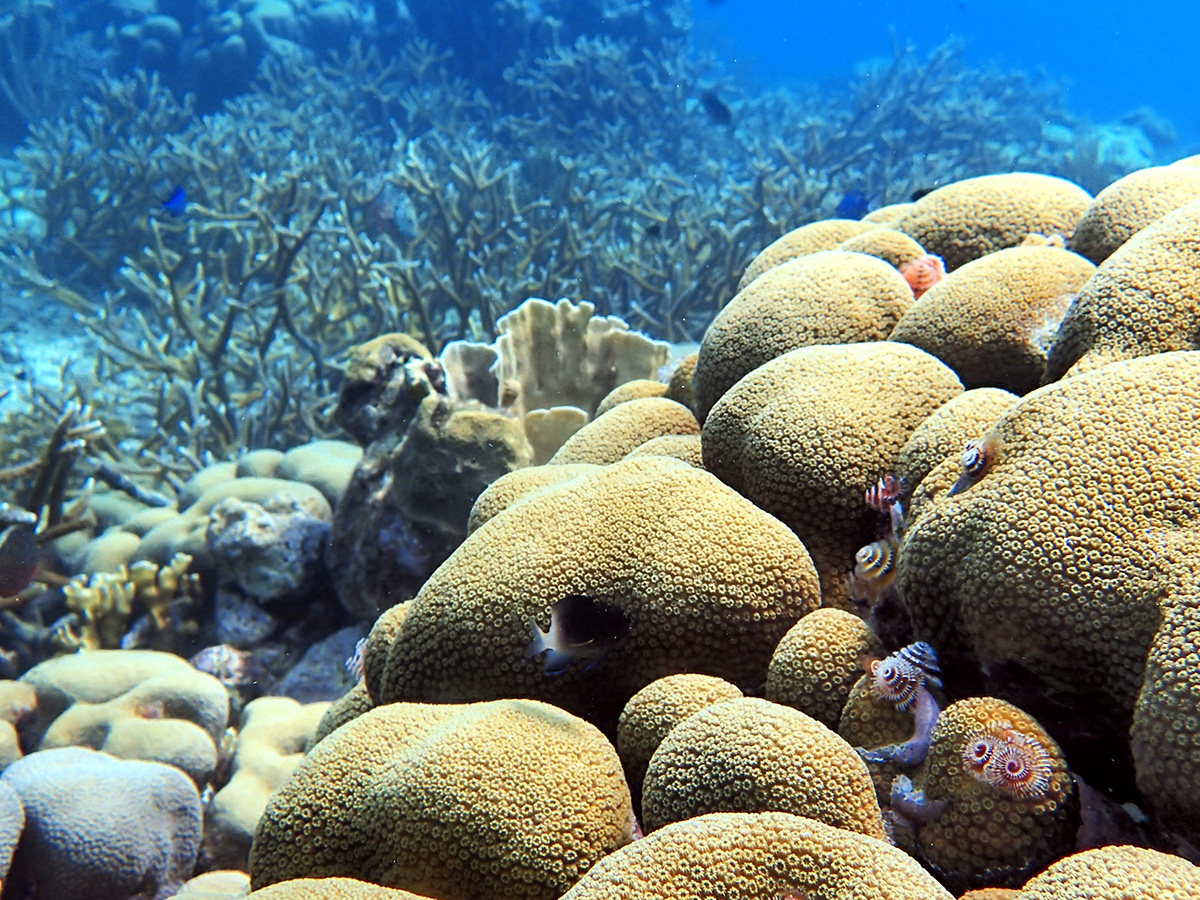

Tugboat
The Tugboat is one of the most well-known snorkeling and dive spots in Curacao. It is situated on the island’s southwest part in sheltered and shallow water. It is the most photographed wreck of the island. Despite the fact that it is an industrial area the dive spot is beautiful. The wreck is covered in corals and sponges and it gives home to a variety of colorful reef fish. The top of the wreck is at a depth of only 1 metre, while its deepest point is at a depth of 5 metres. This means that it also a great site for snorkelers. The wreck is more than just something nice to explore. It also attracts many different type of fish and is permanently inhabited by blue tangs, yellow goatfish, trumpetfish, cornet fish. With some luck you will also see seahorses or frogfish there.

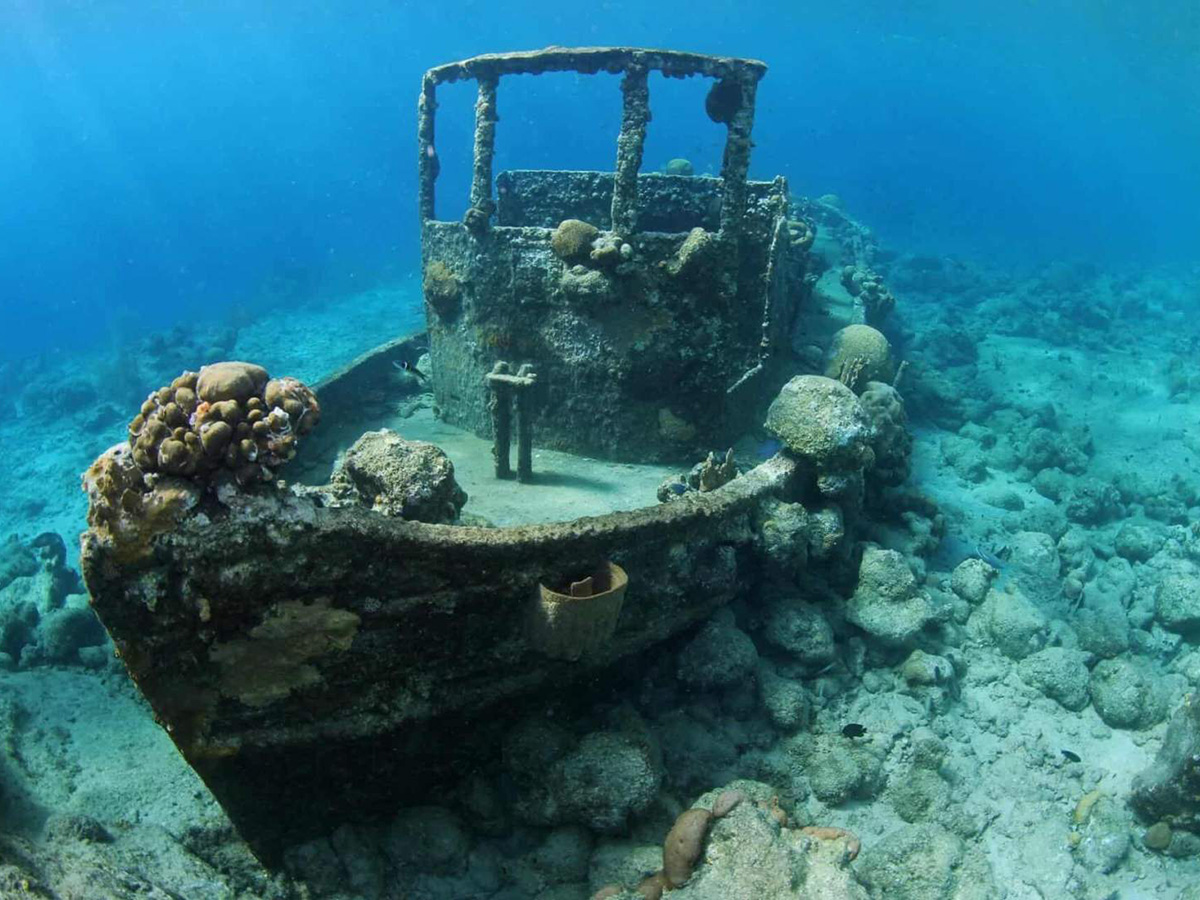

Director’s Bay
The name of this big beach is derived from the fact that in the past it was reserved for use by the directors of Shell, who owned land here. The shellow shelf is narrow and has a sand floor. The drop-off is located close to the shoreline at a depth of 6 metres, from where the reef immediately drops steeply to a depth of 45 metres. There are a number of sand gullies where you can find a remarkable amount of marine life. The area around the drop-off is a home to many sponges, colonies of yellow pencil coral and giant anemones.
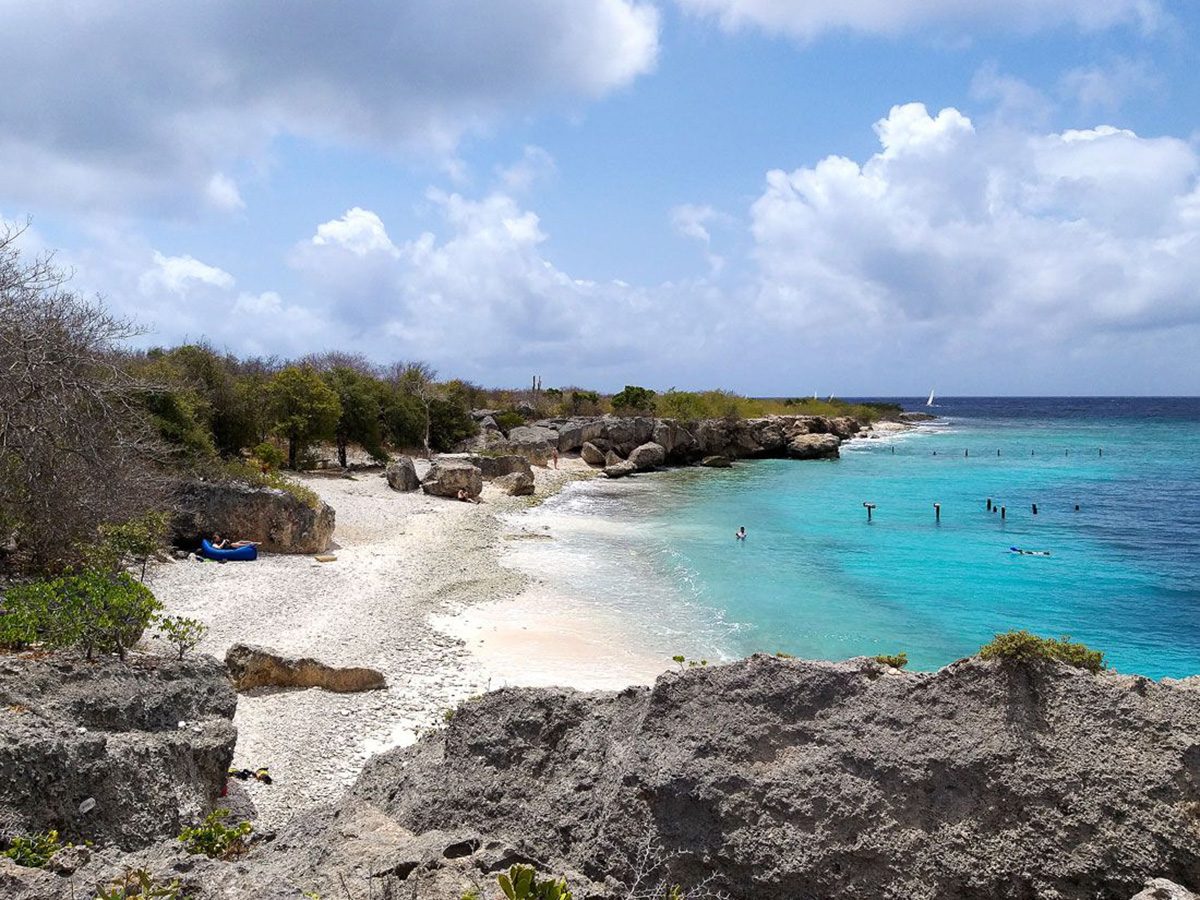


Klein Curacao
Klein Curaçao is an uninhabited small island 11 km southeast from Curaçao in the Caribbean Sea. This spot is a brilliant daytrip destination. You can make a big walk and admire the beautiful and abandoned lighthouse and the shipwrecks, snorkel with the turtles or just chill ont he beach. The place is also a famous diving-spot due to its coral and underwater caves.Besides a few small huts buit by fishermen for shelter, there are no structures on the island except for the pink lighthouse which is a great photo opportunity.

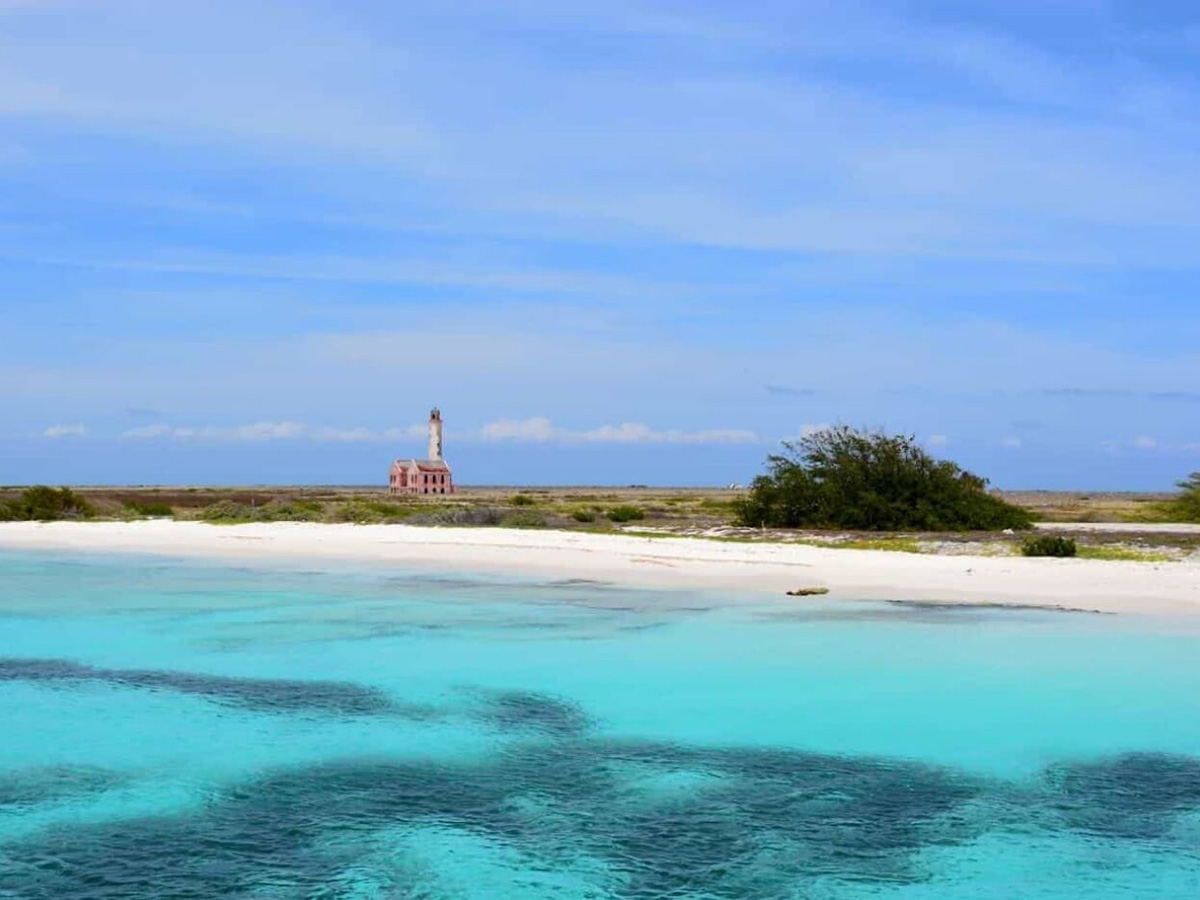

Double Reef
This dive site starts at the wreck of Superior Producer and continues until well after the desalination plant. The reef consists of fan coral, yellow pencil coral and many small, round brain coral formations. It is home to many fish species, knobby anemones and giant anemones. Varios types of cleaner shrimp live in the anemones and in small hollows in the reef.


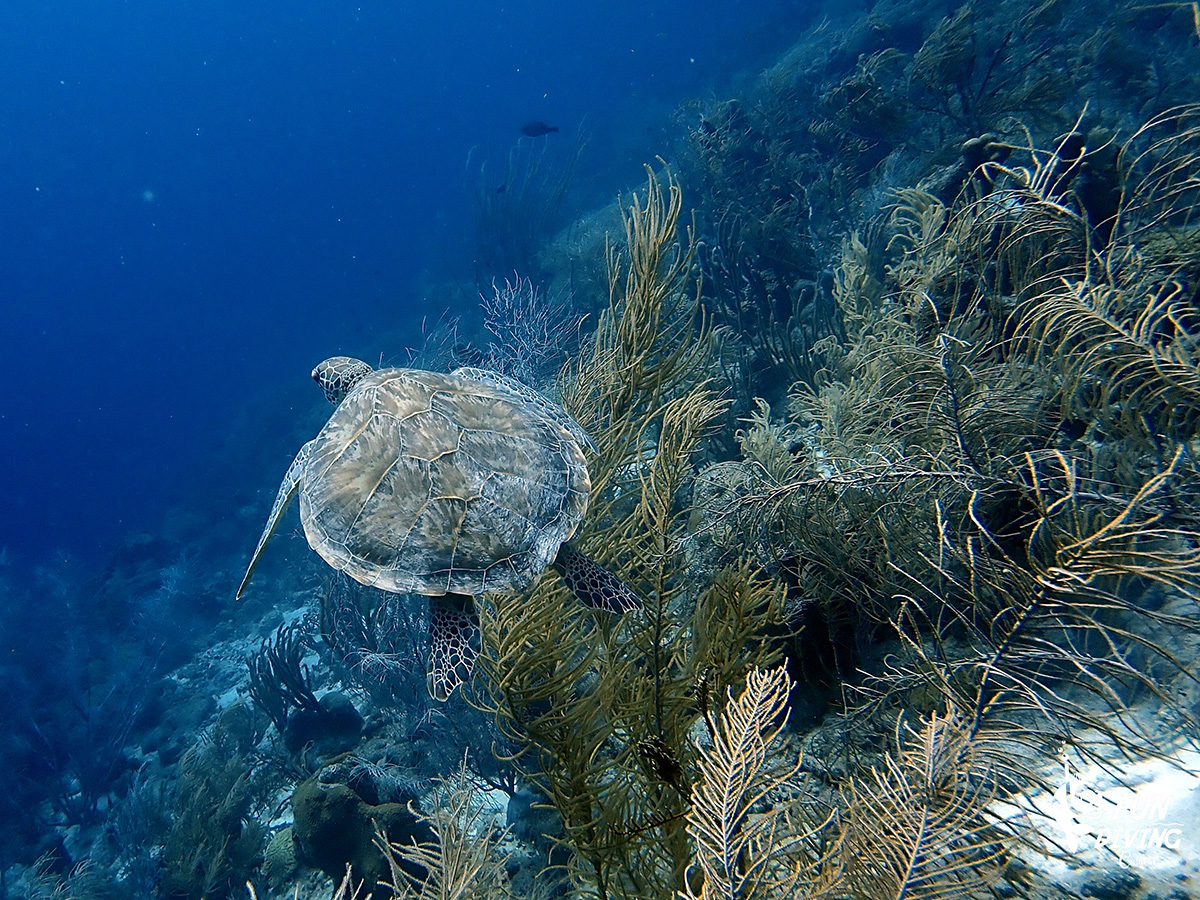
Superior Producer
One of Curaçao’s most popular dive sites, and one of the Caribbean's top wrecks is the Superior Producer, located near Curaçao Main Pier. Diving is prohibited if a cruise liner is moored at the Megapier, because the wreck is located in the mooring zone. The dive can be started underwater or from the surface. A combination of great depth and currents that can be very strong makes this dive site a good place for the advanced divers. The Superior Producer rests on a sandy floor close to the Double Reef. It rests virtually upright on its kneel and only lists slightly towards port. The depth of the sand floor here is 34 metres. The depth on the dock of the vessel is 25 metres and on the superstructure is 17 metres.
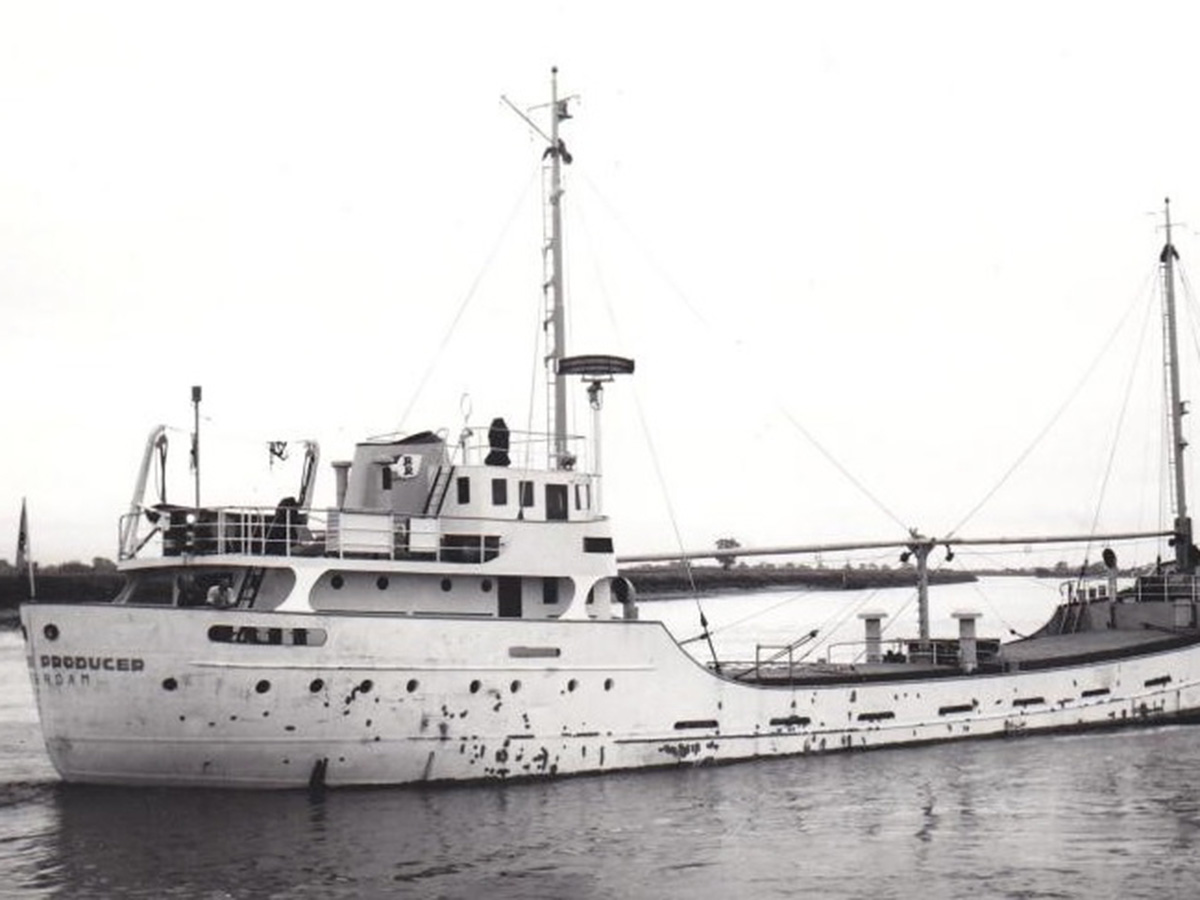
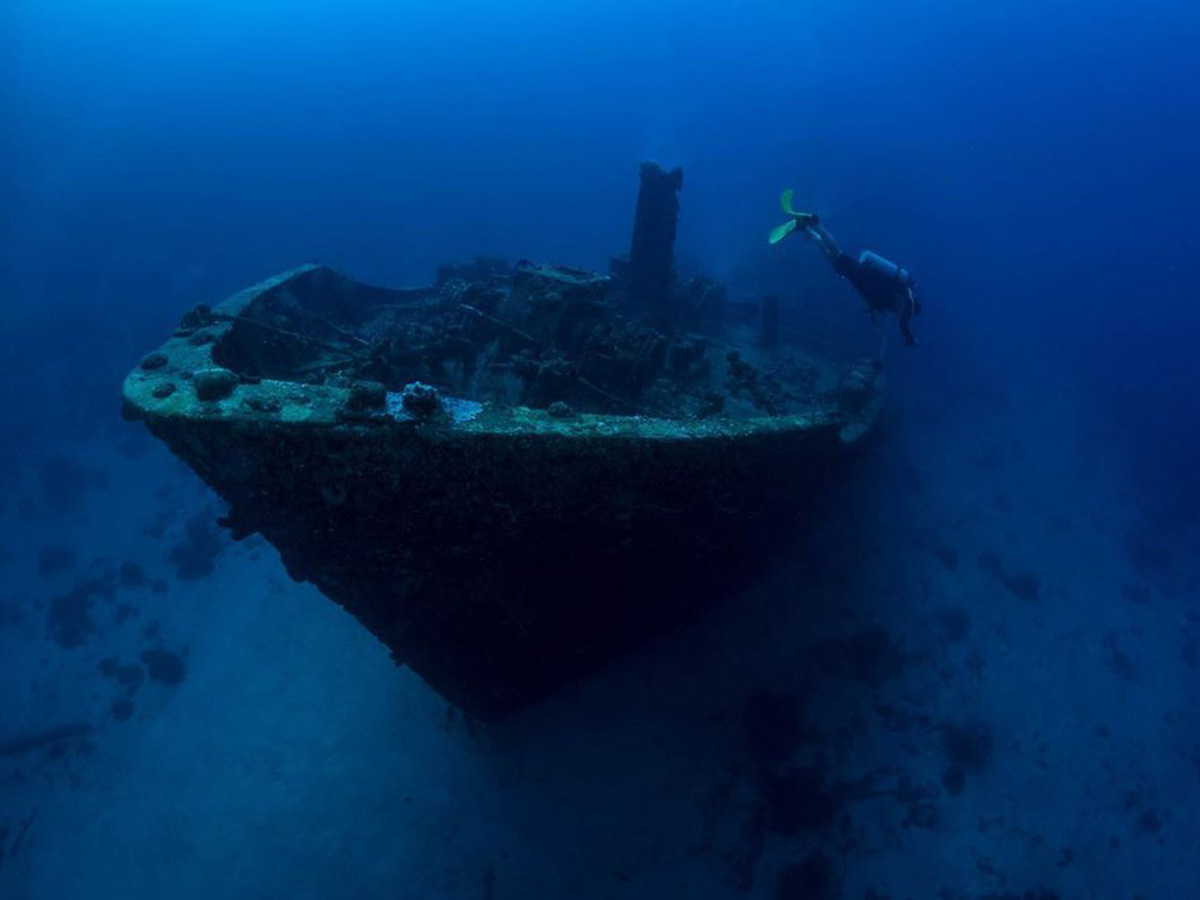

La Palapa
La Palapa is a dive site located behind the La Palapa Resort in Caracasbaai. It is famous for being a sea turtle resting spot. Divers have the chance to see the turtles in their natural habitat. The spot is inhabited by both green turtles and hawksbill turtles. The dive starts from a rocky beach after which a drop-off is reached, dropping down to 40 meters of sand bottom. After crossing this ‘deep blue’ part, divers reach the coral mountain inhabited by the turtles and a variety of coral fish. Examples include trunkfish, angelfish and the occasional moray eel. With some luck, you might be able to spot a stingray resting in the sand or majestically gliding through the blue.


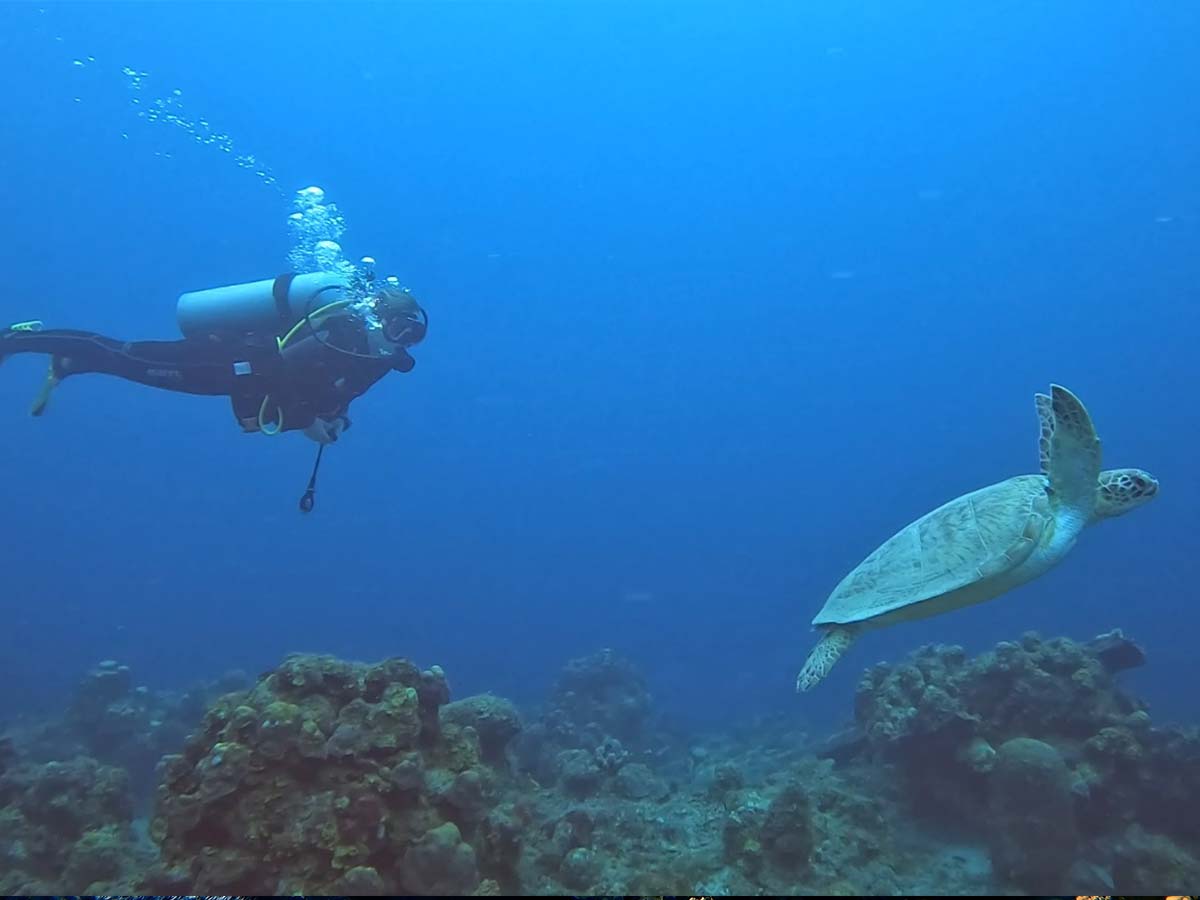
Marie Pampoen
Marie Pampoen is located adjacent to the neighborhood with the same name. It has a small beach and a secluded bay where local kids receive swimming lessons. The dive site itself starts after exiting the bay, where you will quickly reach the drop-off. Following the wall to the left, you will reach the so-called carpile. This underwater graveyard of cars, metal beams and even a small shipwreck was purposely sunk off to create an artificial reef. Today it is home to many different fish species. You can find porcupinefish dancing around each other, tarpons checking you out from a distance and moray eels hiding below the metal beams. The carpile starts around 15 meters of depth and drops down to well below 40 meters, making this a perfect spot for your deep and/or Tec dive. Marie Pampoen is also a popular spot for lionfish hunters, as many invasive lionfish are hiding between the metal scrap.

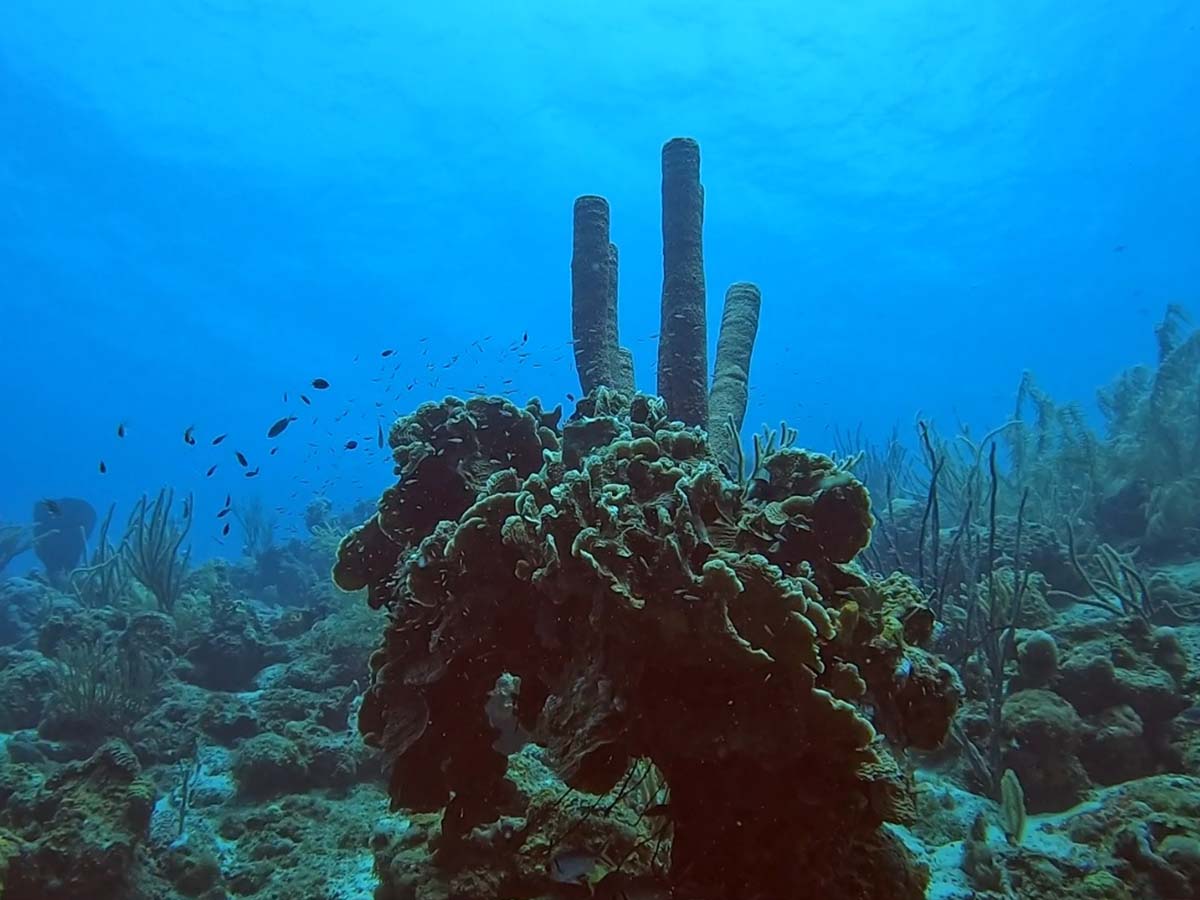

Sweet bottom
Entering the water from the famous Jan Thiel beach, divers will reach this dive site after a short surface swim out of the bay. The drop-off is located at a depth of around 10 meters after which the wall can be followed at the preferred depth. For a relaxed dive with plenty of coral and fish, 15 meters is ideal. However, this dive site also offers opportunities for deep and Tec divers as the wall plunges into the depths below. For the return part of the dive, the shallow top of the wall is worth checking out due to its huge variety of coral species. Divers will encounter lots of parrotfish, trumpetfish, trunkfish, butterflyfish, snappers and small groupers; the list is endless. With luck, you might even encounter a sea turtle.
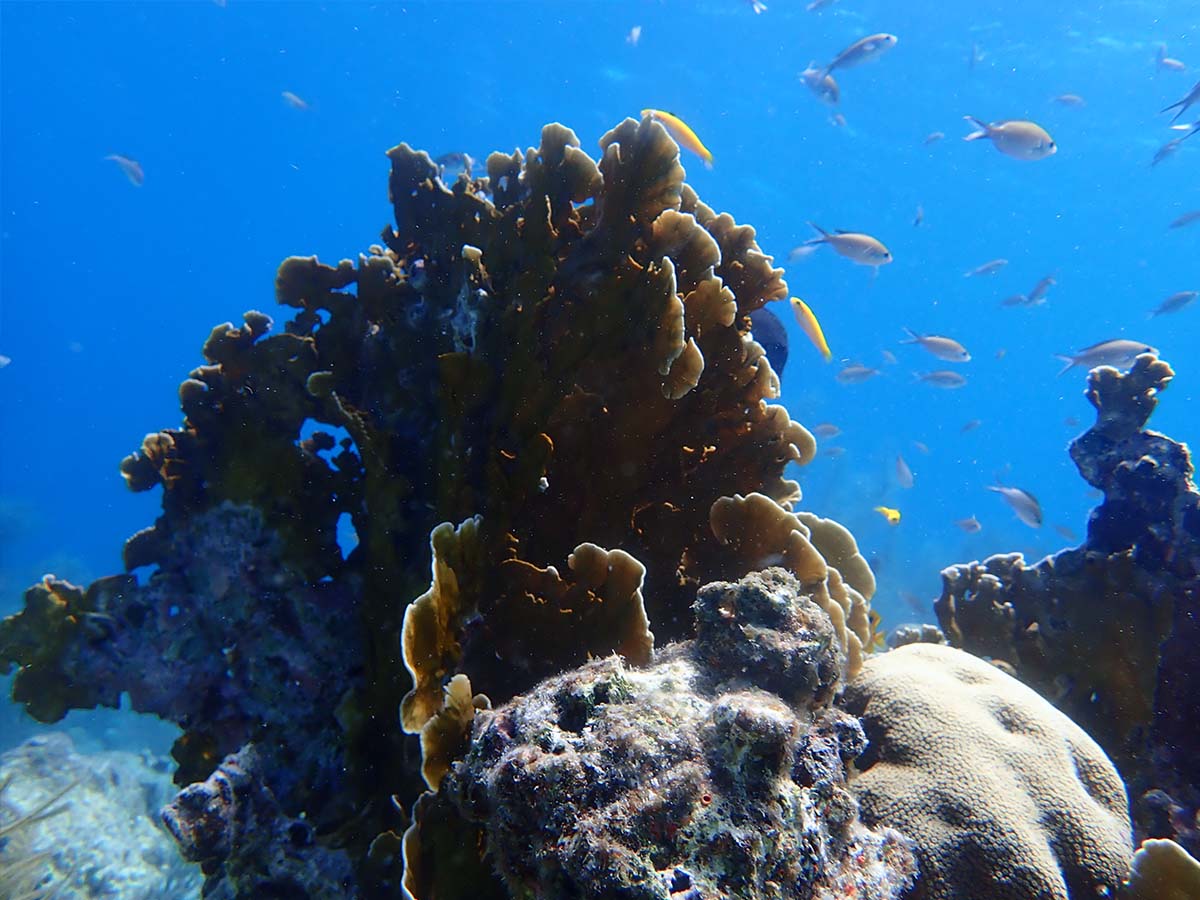



Stay informed
Subscribe to our monthly newsletter.
Or simply follow us on
PARTNERS